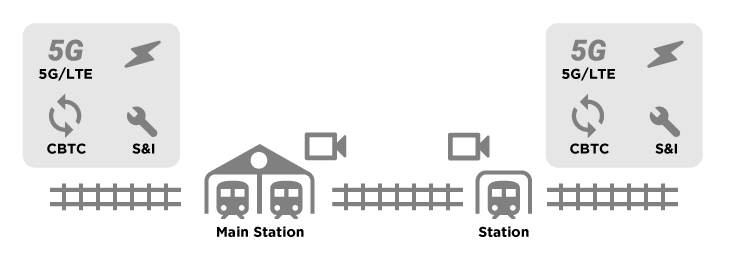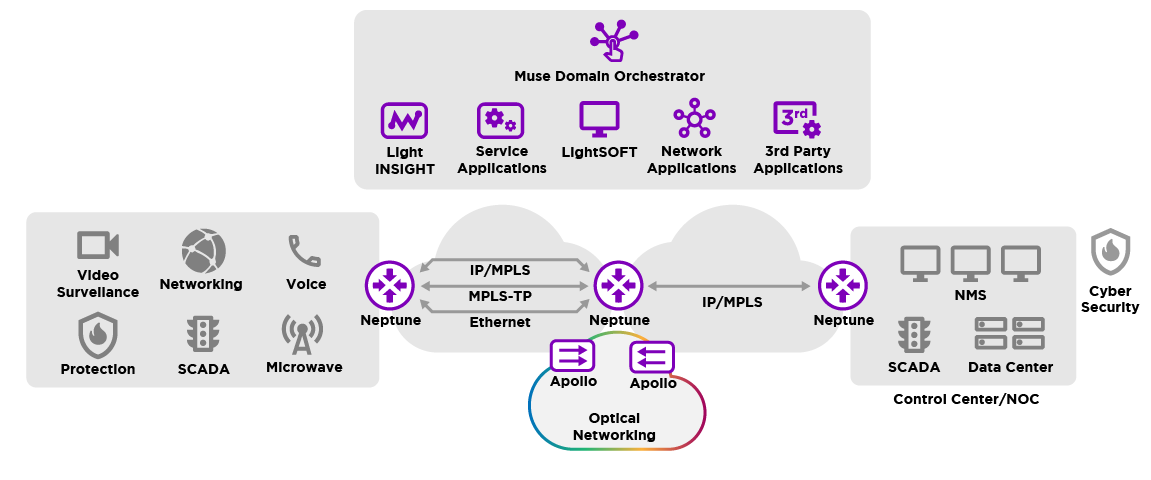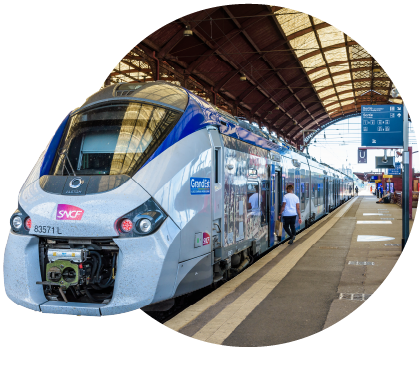Customers Who Trust Us
Future Railway Mobile Communications Systems
The Future of Mobile Rail Communcations
Rail Operator Solutions
Rail operators are paying increased attention to their aging IT/OT infrastructure –for good reason.
There is access control, ticketing, information kiosks and display screens. There is video surveillance to monitor footfall, support facial recognition, assist in weapons detection, and provide information for crowd control. There is Wi-Fi and mobile connectivity in stations and on trains. And, of course, there are the general alarm and warning systems, signaling and control systems, telemetry systems, dispatch systems based on TETRA / Push-To-Talk technology and not least, Communications-Based Train Control (CBTC), and supervision and monitoring systems.
Advances like these have allowed operators to increase freight and passenger capacity by adding more trains to their networks and meet growing passenger expectations by offering amenities such as Wi-Fi access on board and in stations.

Ribbon Driving the Rails

Ribbon’s IP Wave is a comprehensive IP Optical portfolio ideal for next-generation rail networks. The portfolio meets stringent network capacity, performance, and resiliency demands while minimizing operations expense and complexity. Ribbon’s IP Wave includes Optical networking (Apollo), IP routing and packet transport (Neptune), domain orchestration (Muse) and professional services optimized to the needs of rail operators.
And Ribbon’s team of expert engineers will assist every step of the way, from planning to implementation and ongoing system management.
An upgraded communications network is absolutely essential to reducing security threats and providing operators and their teams with greater control over their networks. An improved communications network is also an opportunity to improve existing customer or passenger services and introduce new revenue-generating features such as Wi-Fi access and even on-board advertising.
Features and Benefits
Working the Line
Today, the connected telecoms systems that metro rail systems rely on are varied and numerous. These myriad systems help increase the frequency, automation, efficiency and control of train operations, providing metro operators with information and ability to control and serve a growing number of passengers every day. Most of the systems mentioned are mission-critical, requiring 24/7 redundancy and protection systems to support their availability. The future depends on modernizing these systems for the benefit of all.
Download Whitepaper

